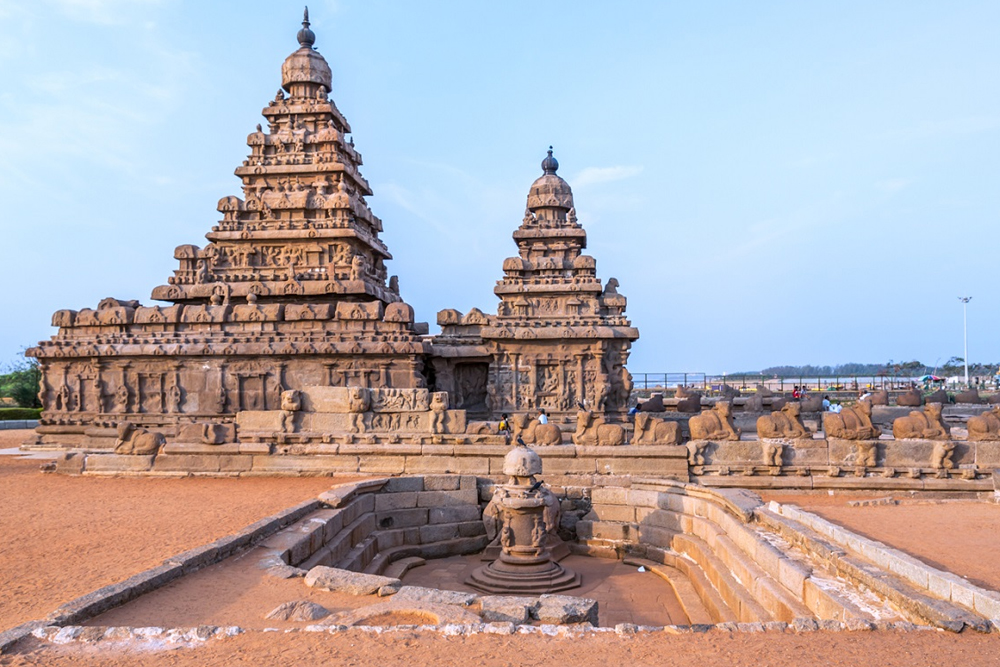Dwarkadhish Temple: Sacred Shrine of Lord Krishna
- Home
- Famous Temple
- India
- Gujarat
- Dwarka
- Dwarkadhish temple sacred shrine of lord krishna
Dwarkadhish Temple: Sacred Shrine of Lord Krishna

The Dwarkadhish Temple, also referred to as the Jagat Mandir or Dwarakadheesh Temple, is a revered Hindu shrine dedicated to Lord Krishna, revered as Dwarkadhish or the 'King of Dwarka'. Situated in Dwarka city, Gujarat, India, it holds significance as one of the destinations of Char Dham, a revered Hindu pilgrimage circuit.
The main shrine of this five-storied architectural marvel, supported by 72 pillars, is known as Jagat Mandir or Nija Mandir. Historical evidence suggests that the original temple may have been constructed as early as 200 BCE. However, it underwent significant rebuilding and expansion during the 15th–16th century.
Legend has it that the original temple was erected by Krishna's grandson, Vajranabha, atop the site of Krishna's residential abode, known as hari-griha. Unfortunately, the original structure met destruction at the hands of Mahmud Begada in 1472.
This temple holds immense religious importance as part of the Char Dham pilgrimage, revered by Hindus across India. Adi Shankara, the renowned 8th-century Hindu philosopher, visited this sacred shrine, commemorated by a memorial within the temple premises. Dwarkadhish is also celebrated as the 98th Divya Desam of Vishnu, glorified in sacred texts like the Divya Prabandha.
Situated at an elevation of 12.19 meters (40.0 feet) above sea level and facing westward, the temple's layout comprises a garbhagriha (Nijamandira or Harigraha) and an antarala (an antechamber). While the existing temple structure dates back to the 16th century, it continues to draw devotees from far and wide, symbolizing devotion and spirituality.
The Dwarkadhish Temple, found in the Jamnagar district of Gujarat, is a 13th-century temple devoted to Lord Krishna. It sits on the northern banks of the Gomati River.
Numerous ancient artefacts were found, as well as the submerged remains of the ancient Dwarka during the next excavation led by an underwater archaeologist. Between 1983 and 1990 the archaeologists discovered a fortified foundation on which the ancient city walls must have been built along the river banks.
Where is Lord Krishna's Flute Now? | Exploring the Celestial ... Overwhelmed by grief, the legends say that Lord Krishna shattered the flute and flung it into a thicket. Its splinters absorbed his anguish, marking the poignant end of an era. The broken flute echoed the fragmented state of his heart, forever missing its counterpart.
Temples of India

Padmanabhaswamy Temple: An Icon of Wealth and Devotion
Temples of India
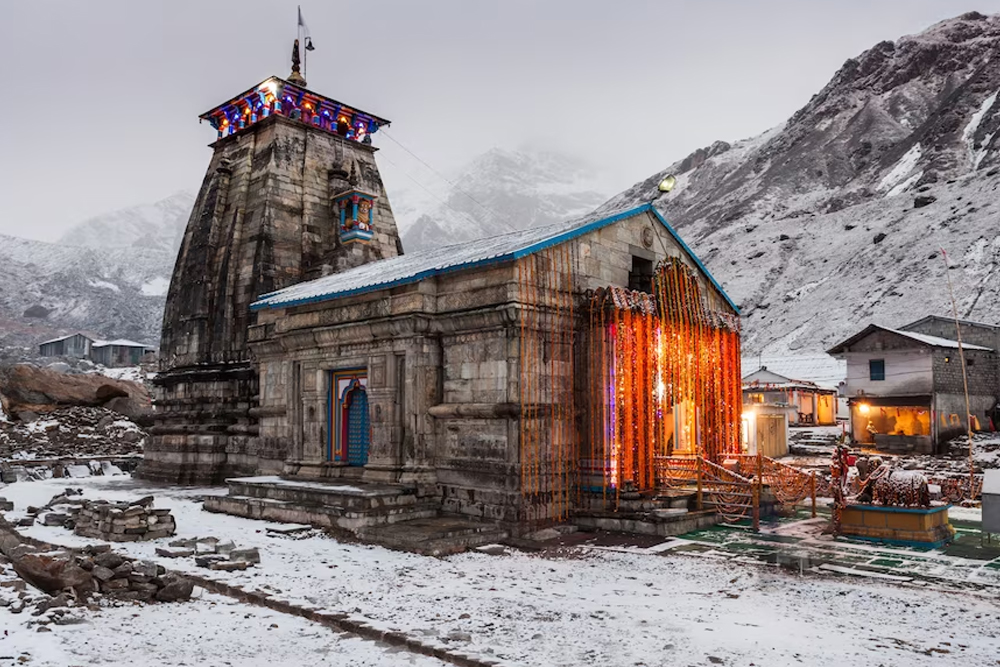
Kedarnath Temple: A Sacred Haven amidst the Himalayas
Temples of India
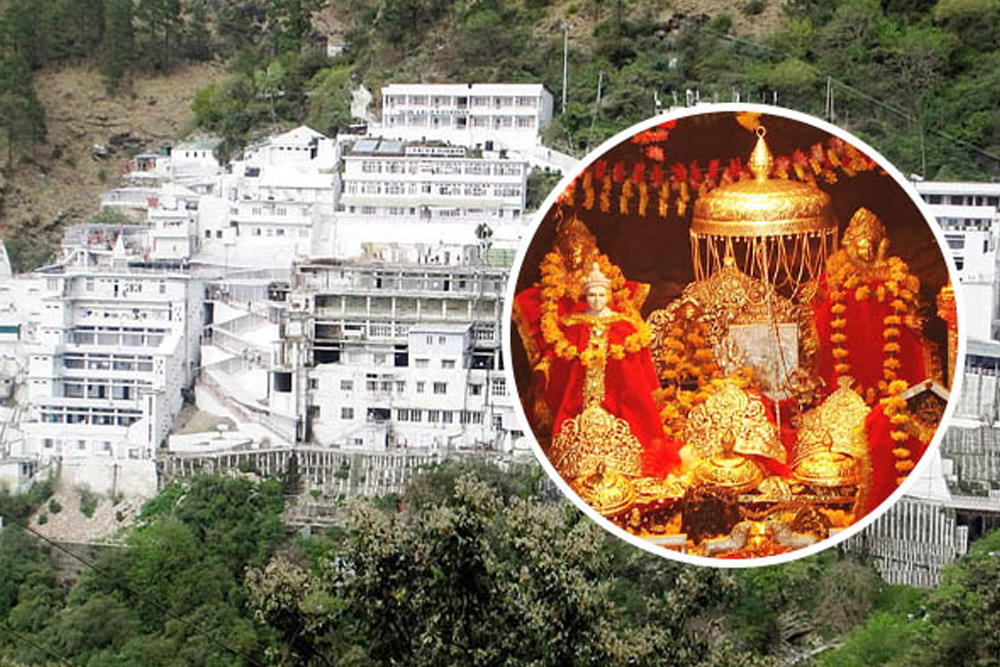
Vaishno Devi Temple: A Sanctuary of Devotion and Blessings
Temples of India
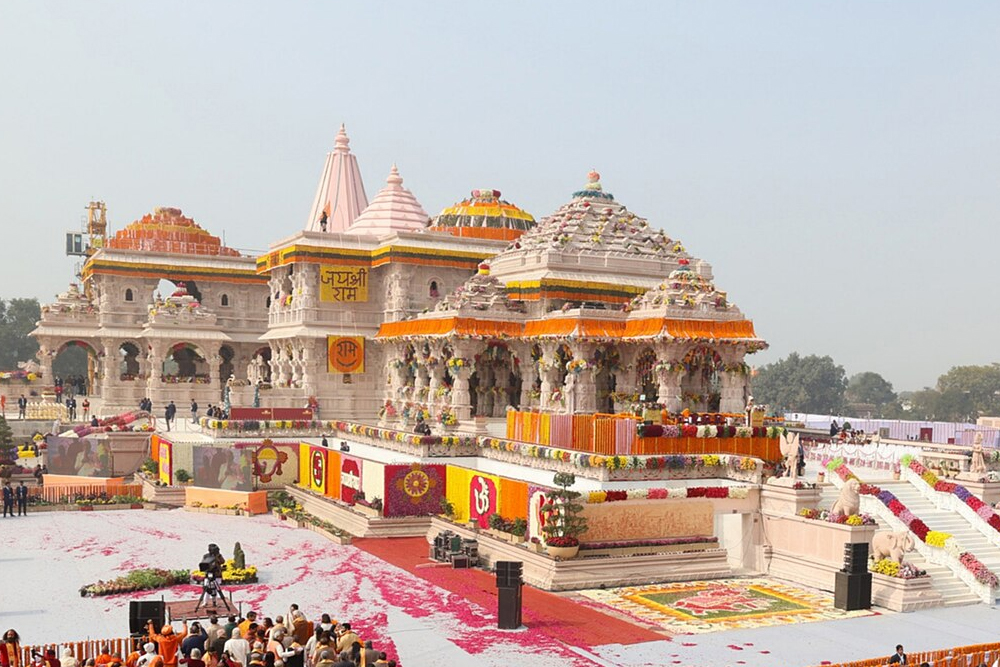
Ram Mandir: A Symbol of Faith and Controversy
Temples of India
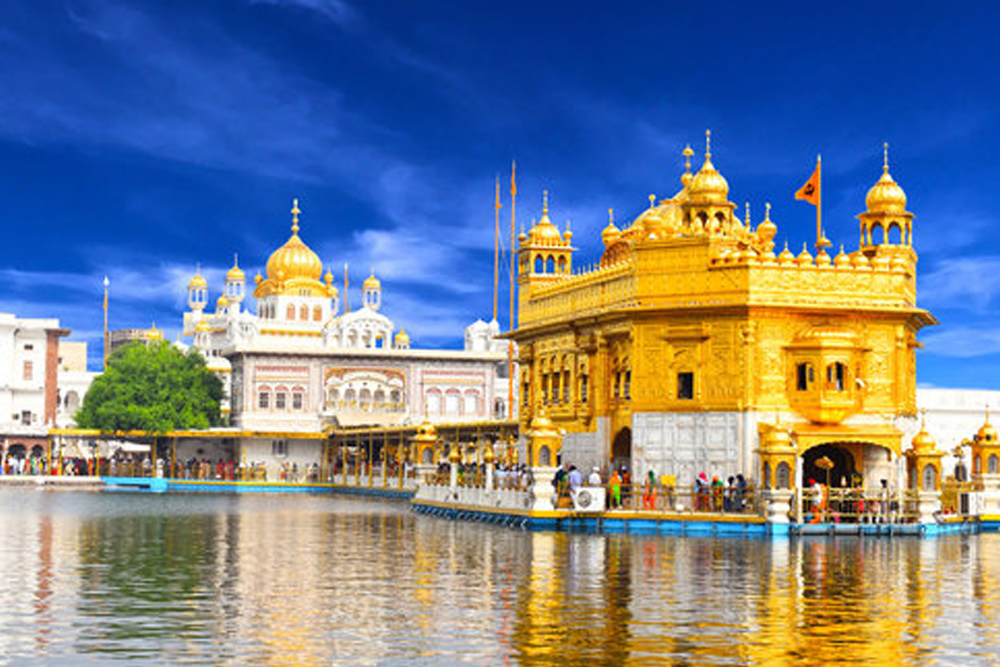
The Golden Temple: Emblem of Sikh Faith and Unity
Temples of India

Shri Siddhivinayak Ganapati Mandir: A Beacon of Devotion in Mumbai
Temples of India
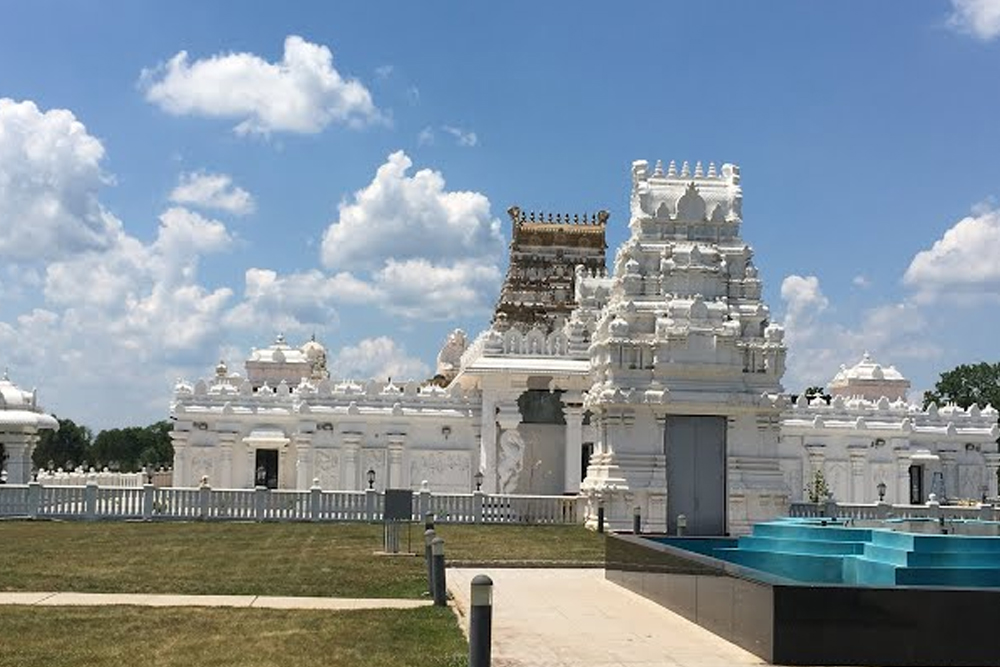
Sri Venkateswara Swami Temple: Sanctum of Spiritual Grace
Temples of India

Kashi Vishwanath Temple: Divine Sanctuary in Varanasi
Temples of India
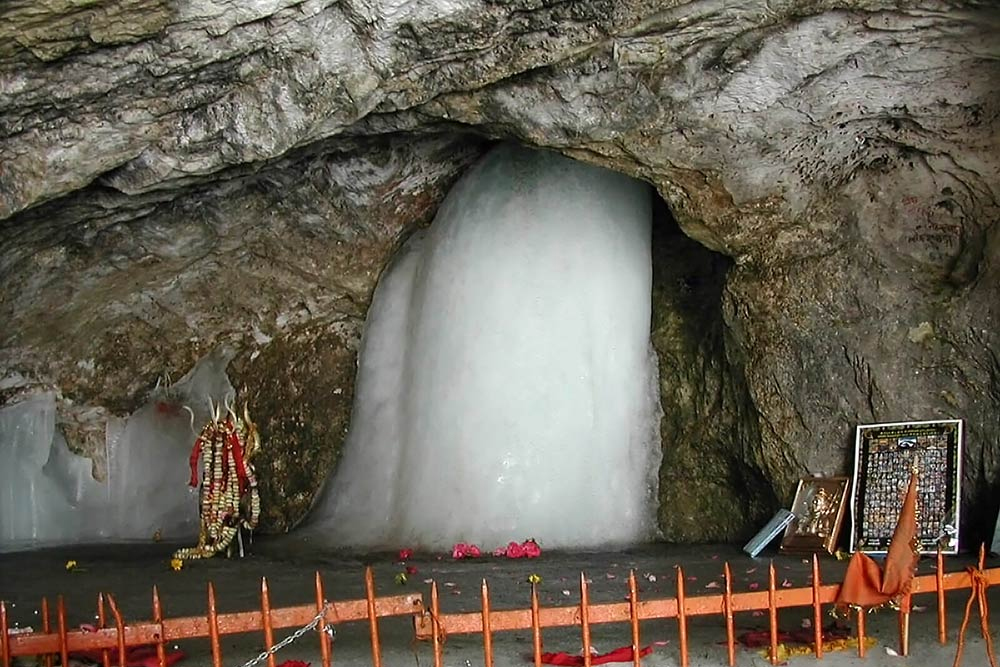
Amarnath Temple: Sacred Hindu Shrine in Jammu and Kashmir
Temples of India
